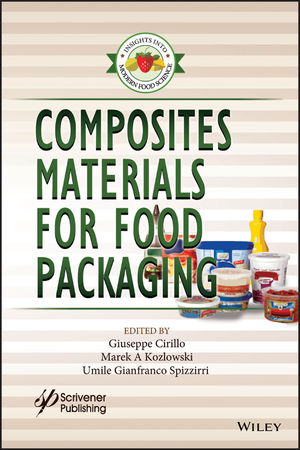Flexible Packaging Association: The future is flexible
Brand owners who transitioned to more flexible packaging cited operational benefits and ability to meet consumer needs as reasons for the shift.

The Flexible Packaging Association (FPA), Annapolis, Md., commissioned a “Flexible Packaging Transition Advantages Study” to better quantify the impact of switching from non-flexible packaging to flexible packaging. The study integrates insights from consumers surveyed online in September 2016 conducted by Harris Poll, Rochester, N.Y.
Key findings of the brand owner study entail:
- Continued growth in flexible packaging is projected.
- 83% of brand owners are already using some form of flexible packaging.
- 31% of brand owner respondents expect to transition to a higher mix of flexible packaging in the next five years.
- 58% of brand owner respondents who have already transitioned to a higher mix of flexible packaging intend to use more in the future.
- Brand owners who transitioned to more flexible packaging cited operational benefits and ability to meet consumer needs as reasons for the shift.
- 49% of brand owner respondents who increased use of flexible packaging cited production cost as a reason for the shift.
- 45% of brand owner respondents who increased use of flexible packaging cited shipping/transportation efficiencies as a reason for the shift.
- 45% of brand owner respondents cited convenience as a benefit that influenced them to transition to flexible packaging.
- 39% of brand owner respondents cited fitting consumer lifestyle trends as a benefit that influenced them to transition to flexible packaging.
- Brand owners who switched to using more flexible packaging in the last five years saw strong business results.
- 57% of brand owner respondents who increased use of flexible packaging in some way were able to lower costs of production.
- 55% of those who increased their use of flexible packaging reported a sales improvement.
Key findings of the consumer study are as follows:
- Consumers favor flexible packaging over non-flexible packaging.
- 71% of Americans said they would prefer flexible packaging over non-flexible packaging, when asked to choose between flexible and non-flexible packaging for a product they were considering purchasing (assuming the product was exactly the same and only the packaging differed).
- 79% of Americans believe there are benefits to having food products stored in flexible packaging vs. non-flexible packaging.
- Consumers are willing to pay more for food stored in flexible packaging.
- 46% of Americans are willing to pay more for food products stored in flexible packaging than they would for food products stored in non-flexible packaging.
Looking for a reprint of this article?
From high-res PDFs to custom plaques, order your copy today!





